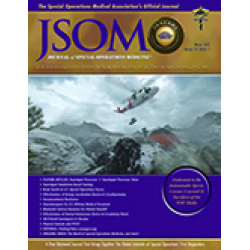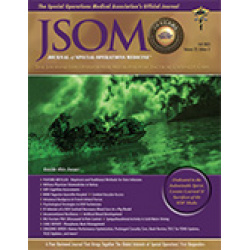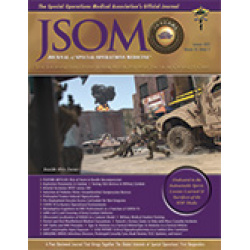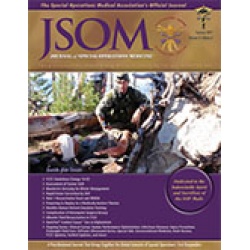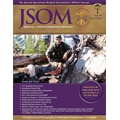Latest Products
Manikin Human-Patient Simulator Training
Horn GT, Bowling F, Lowe DE, Parimore JG, Stagliano DR, Studer NM. 17(2). 89 - 95. (Journal Article)
Background: Human-patient simulators (HPSs) may help enhance medical education. Manikin HPS devices respond to common field medical interventions, such as cricothyroidotomy, and have realistic feedback features, such as respirations and pulses. This study surveys Special Operations Medics for evaluations of HPS features. Methods: Of 518 subjects, 376 completed testing and surveys with valid responses. A total of 102 variables were divided into three categories-general characteristics, procedures, and injuries-and assessed on a fivepoint Likert scale. The Student t test was used to analyze data together and as separate groups against each other and against an aggregated mean. Results: Features that received high scores (i.e., higher than 4.5/5) corresponded closely with pillars of the Tactical Combat Casualty Care (TCCC) curriculum, basic life support, and realism. Discussion: US Army Special Operations Command and US Special Operations Command Medics have overall high confidence in manikin HPS devices and specifically in those that align with TCCC training and lifesaving procedures. The skills most valued coincide with difficult-to-practice measures, such as cricothyroidotomy and wound packing. Features such as prerecorded sounds, sex, automated movements, skin color, defibrillation, bowel sounds, and electrocardiogram are rated lower. These evaluations may guide future development or procurement of manikin HPS devices.


 Español
Español 